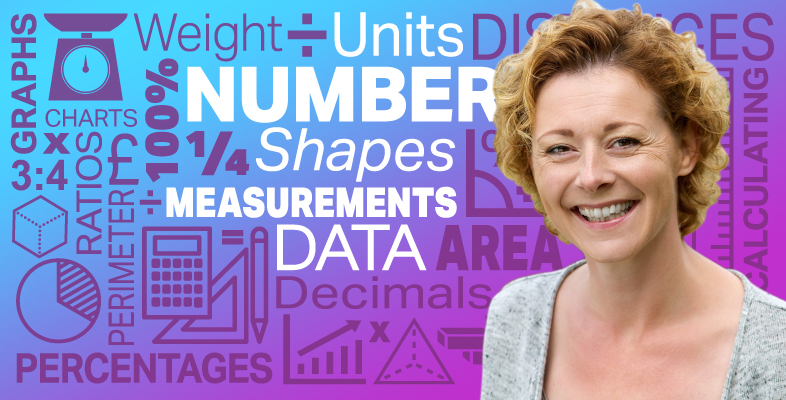3 Using metric measurements: weight
Weight – sometimes referred to as ‘mass’ – is a measurement of how heavy something is.
How much do you weigh?
You might have given your weight in kilograms (kg) or in pounds (lb), or pounds and stone (st). Kilograms are metric weights. Pounds and stones are imperial weights.
In the UK, both metric and imperial units may be used. We are going to focus on the metric units of weight here.
| Metric unit | Abbreviation |
|---|---|
| milligram | mg |
| gram | g |
| kilogram | kg |
| tonne | (No abbreviation) |
Milligrams (mg) are only used to weigh very small quantities or items, such as dosage on medication.
A tonne is a unit for weighing very heavy items, such as a lorry.
For everyday measuring tasks, the most common metric units of weight are grams (g) and kilograms (kg), so these are what you will focus on here.
- 1 g is approximately the weight of a paperclip
- 1 kg is the weight of a bag of sugar
Box _unit3.3.1
Key fact: 1 000 grams (g) = 1 kilogram (kg)
Box _unit3.3.2
Hint: If you are used to using the imperial system of measure, 1 kilogram is equivalent to about 2 pounds.
Many foods are sold by weight. For example:
- 10 g of a spice
- 30 g of crisps
- 100 g of chocolate
- 250 g of coffee
- 500 g of rice.
Heavier things are weighed in kilograms:
- 2 kg bag of potatoes
- 10 kg of chicken food
- 15 kg baggage allowance on a plane
- 25 kg bag of cement.
Note that if you bought ten packets of rice, you would say you had bought 5 kg rather than 5 000 g.
